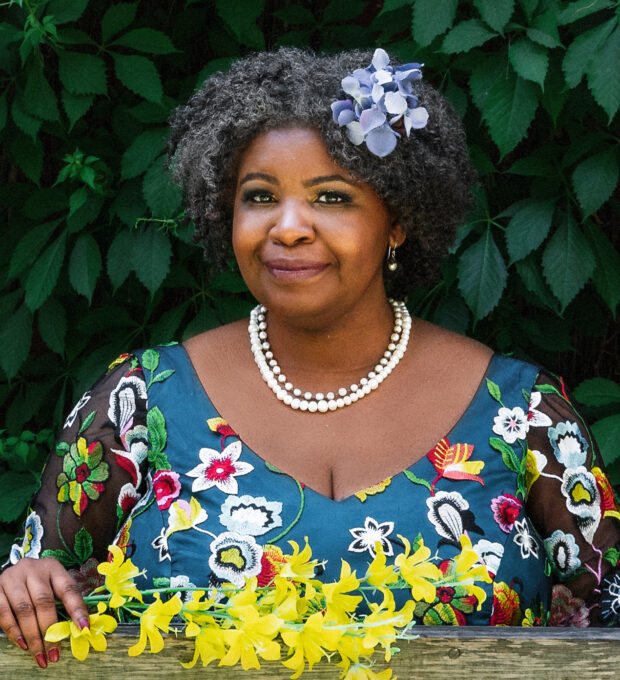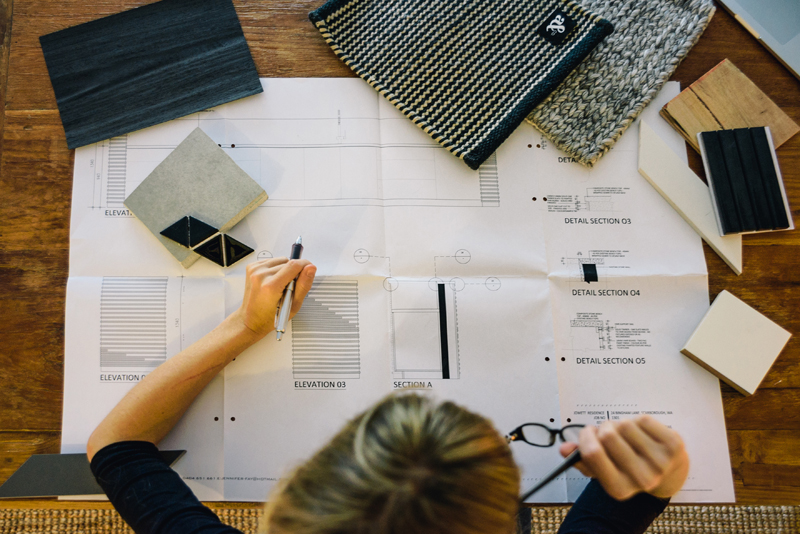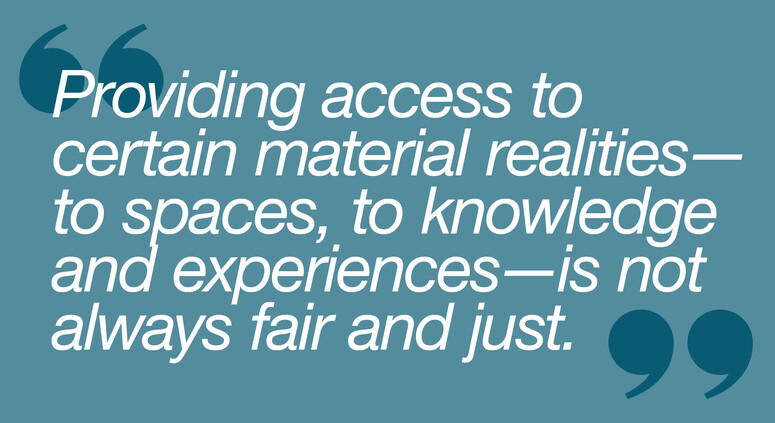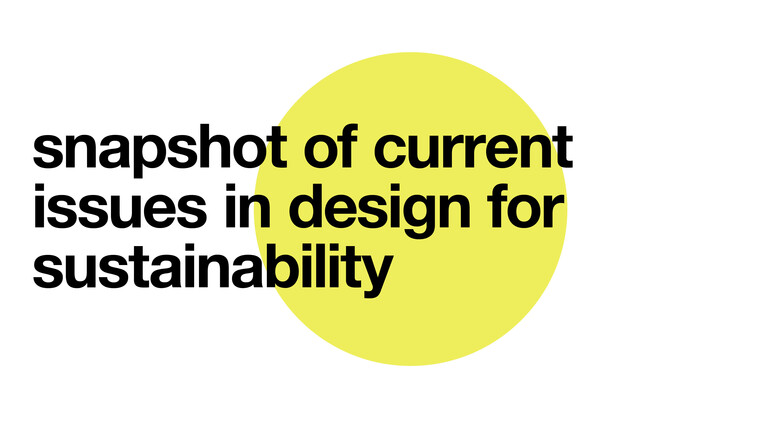designing the next paradigm: what designers can do for sustainability

09.07.2020 Editorial
Across the globe, we have been forced out of our routines and many of us have taken advantage of the upheaval to examine our lives, our practices and to pause in self-reflection. Naturally, at the International Council of Design, our reflections are about design. Mainly, reflections on: what design has done to contribute to the situation we are finding ourselves in and what design can do to get us out of it.
This pandemic seems to be a result of climate change and it might not be the worst of the impacts humans will have to confront in coming years as a result of our poor treatment of the planet. Whether it is because the extraction of materials is causing the destruction of the natural habitats of certain species, or because urbanisation is forcing us into closer together, or because of a confluence of deteriorating health from ambient pollution and waste run-off with the increasing fragility of eco-systems, all paths seem to lead from human-made interventions to imbalances like disease, drought and famine.

Above: Tweet from the UN Environment Programme on 06 July 2020
Designers have an unquestionable role in this equation. By making all this lovely and desirable stuff —and so much of it — designers are complicit in damaging our planet.
As designers started to become increasingly aware of their responsibilities, they have started to look for ways to dampen the impacts. The idea of becoming sustainable in design started with a move towards recycling and upcycling materials. Soon it became evident that recycling was not enough. The issue is often that it is hard to measure and evaluate the true environmental impact of our choices as a reduction of one form of damage (say the manufacturing impacts) can result in the increase of another (energy consumption, for instance). Another problem is waste. Today we are striving to become 'circular', but as long as we are still in the model of excess production and consumption, can we ever really get ahead of the sustainability challenge?
We propose that designers need to fundamentally re-frame their role. Consumption and production need to drastically change (see UN SDG 12). Designers have a variety of useful skills that can move this process along. Our capacity to make things desirable need not be applied only to 'produce products incessantly'. What if we applied our skills to repackaging existing goods? Or to creating systems to allow multiple users to share items? What if our contribution is designing entirely new ways of thinking about consumption altogether?
One of the most difficult thing about changing the status quo is changing the learned behaviours of billions of humans. As a species, we have this "need > buy> consume> throw away" process worked out and optimised. Making fundamental changes to this model will mean first coming up with new models — but then also changing ingrained habits. Designers will need to play an important role in making the conversion not only painless but actually exciting and desirable. But we think designers are precisely the ones who can do this.
"We can't continue to produce product incessantly, and believe that there is infinite market — and simply, room — for everything we manufacture and then discard."
— Alexander Fury, menswear critic at the Financial Times
There are changes coming and changes are difficult for everyone. If we work together as a design community to design the change we will ensure that the change will come faster and be adopted easier. The very same skills that we have, for decades, applied to making consumer products 'sexy' — feeding global consumerism — can also be applied to turning that paradigm on its head. We challenge designers to start designing desire for the hitherto impossible alternatives.

relatedarticles

robert l. peters: guiding the future of design

ICoD interviews elizabeth (dori) tunstall on decolonising design

it may look good on instagram but you want to enjoy living in it

designing for access
